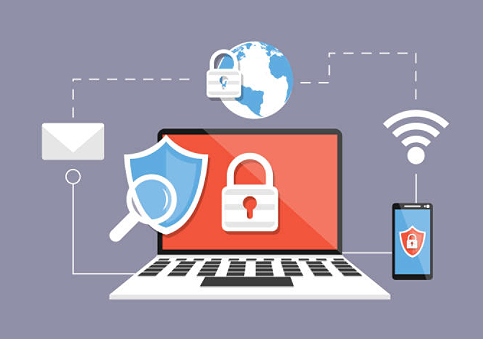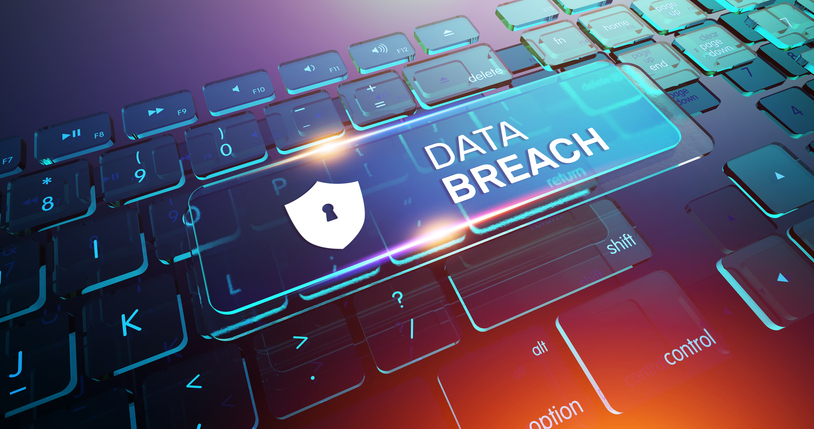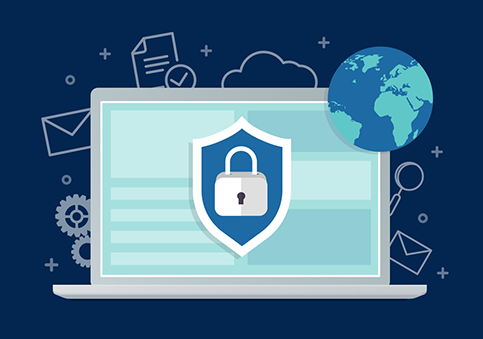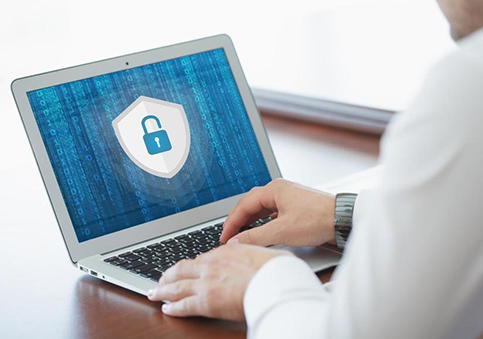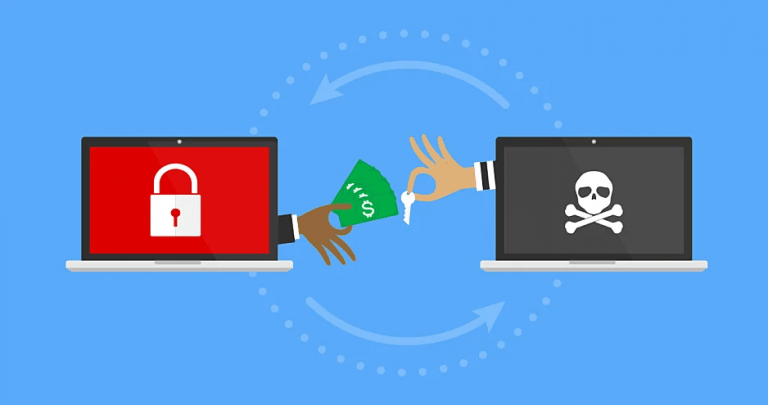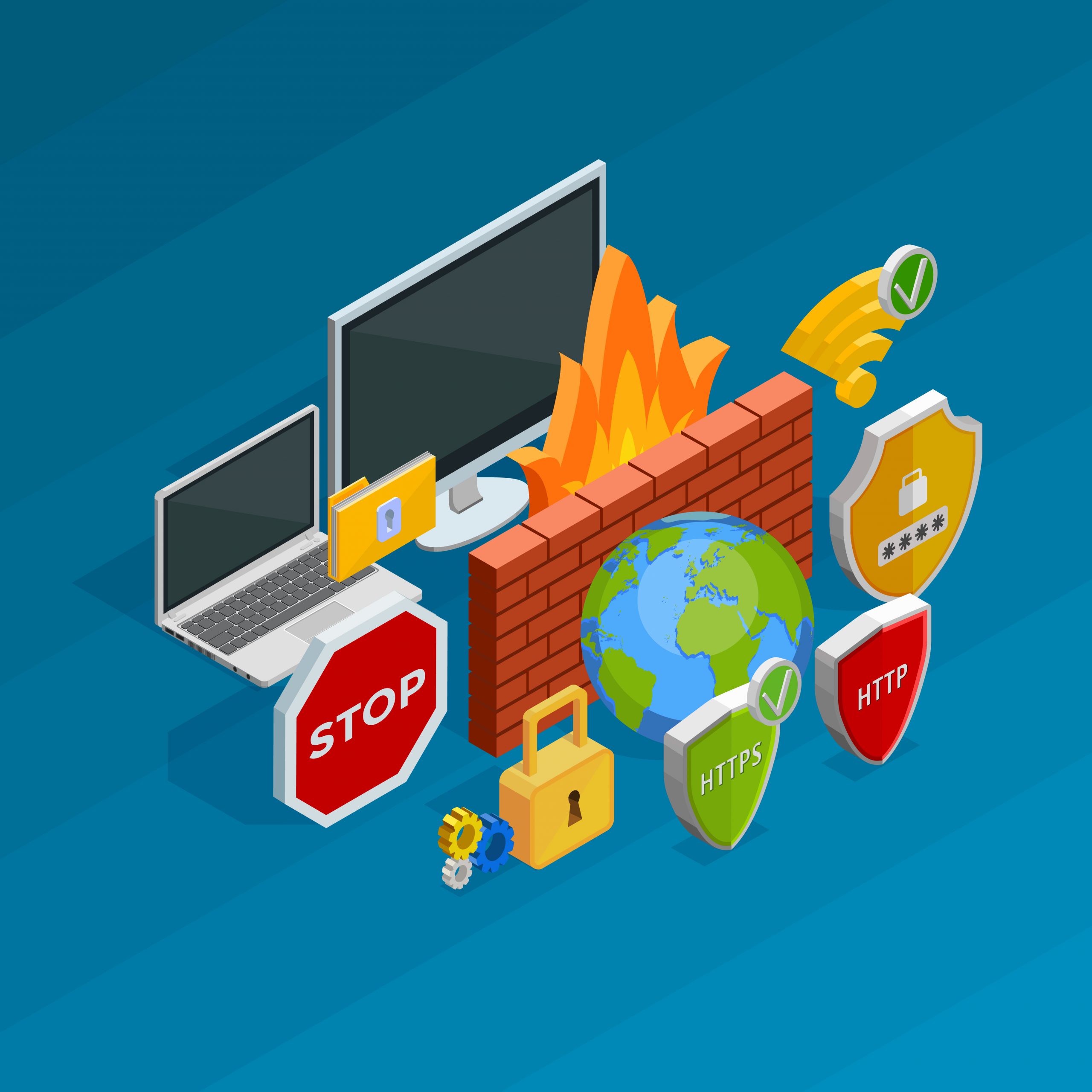Navigating the SEC’s Cyber Reporting Rules: A Year Later, Challenges and How Xcitium Can Help
Updated on December 13, 2024, by Xcitium
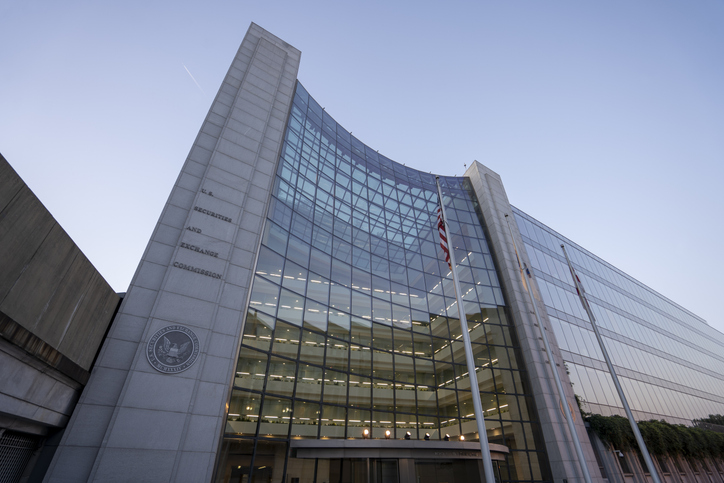
One year after the SEC introduced its cyber reporting rules, companies are still grappling with compliance challenges. These rules, which require disclosure of material cybersecurity incidents and detailed governance practices, aim to increase transparency for investors. However, ambiguities in the rules and the growing complexity of cyber threats leave many organizations struggling to meet these demands.
Understanding the SEC’s Cyber Reporting Rules
The SEC’s regulations require publicly traded companies to:
1. Disclose Material Incidents Quickly
Companies must report incidents within four business days of determining their material impact.
2. Provide Governance Insights
Organizations must detail their cybersecurity policies, including risk management and board oversight.
3. Maintain Ongoing Updates
Companies need to periodically update investors about changes in risk and previously disclosed incidents.
While these rules aim to enhance investor confidence, their ambiguity—especially around defining “materiality“—compounds the challenges for organizations facing sophisticated and evolving cyber threats.
Key Compliance Challenges
1. Ambiguity Around Materiality
The lack of clear guidelines on what qualifies as a “material” incident leads to inconsistent reporting.
2. Short Timelines
The four-day window for incident disclosure requires swift evaluation and reporting, often when companies are in the midst of crisis response.
3. Balancing Disclosure with Security
Publicly disclosing cybersecurity incidents may inadvertently expose vulnerabilities, inviting further attacks.
4. Resource and Expertise Gaps
Companies with limited cybersecurity resources struggle to meet the SEC’s stringent requirements.
Steps Toward Compliance
To meet the SEC’s expectations, organizations must adopt proactive measures to manage and mitigate cybersecurity risks effectively. Key actions include:
1. Adopt a Comprehensive Zero Trust Approach
Xcitium enforces Zero Trust by ensuring that every file, application, or executable is verified for safety. Unlike access-based Zero Trust solutions, Xcitium operates on the principle that nothing is assumed safe until proven otherwise, significantly reducing risks associated with unknown threats.
2. Leverage Real-Time Threat Containment
By isolating and investigating potential threats immediately, organizations can prevent escalation and mitigate the impact of incidents before they become material.
3. Enhance Incident Response Capabilities
Developing and testing a robust incident response plan ensures quick action during a breach, enabling accurate reporting within SEC-mandated timelines.
4. Invest in Advanced Monitoring Tools
Continuous monitoring provides real-time visibility into network activities, helping companies detect and address threats promptly.
5. Ensure Cross-Departmental Collaboration
Legal, IT, and communications teams must work together to ensure that disclosures are accurate and compliant while protecting organizational interests.
How Xcitium Helps Meet SEC Cyber Reporting Requirements
Xcitium’s solutions are designed to simplify compliance with the SEC’s cyber reporting rules while strengthening an organization’s overall cybersecurity posture. Here’s how:
1. ZeroDwell Containment Technology
Xcitium prevents breaches by isolating and neutralizing threats in real time while still preserving user and system productivity. By ensuring the safety of every file and executable before it interacts with your systems, Xcitium helps organizations mitigate risks proactively.
2. Proactive Zero Trust Enforcement
Xcitium’s Zero Trust architecture evaluates every file and application, ensuring nothing is presumed safe without validation. This approach aligns with the need for robust risk management practices that can withstand scrutiny from regulators.
3. Advanced Threat Intelligence and Analytics
Xcitium’s platform provides detailed insights into threats and incidents, enabling organizations to quickly assess materiality and prepare accurate disclosures.
4. Scalable Solutions for All Business Sizes
Xcitium’s flexible solutions meet the needs of enterprises and smaller businesses alike, ensuring that resource constraints do not impede compliance.
5. Integrated Compliance Support
Xcitium simplifies reporting with tools that help document incidents, track risk management efforts, and demonstrate compliance with SEC requirements.
Conclusion: Simplifying Compliance and Enhancing Security
The SEC’s cyber reporting rules reflect the growing importance of transparency in today’s cybersecurity landscape. While these regulations present challenges, they also encourage organizations to strengthen their defenses and enhance governance practices.
Xcitium’s innovative solutions provide the tools and insights needed to navigate these complex requirements confidently. By focusing on containment, real-time validation, and proactive threat management, Xcitium empowers organizations to protect their assets, meet regulatory obligations, and build trust with stakeholders. With Xcitium, compliance is not just achievable—it becomes a foundation for resilient cybersecurity.


